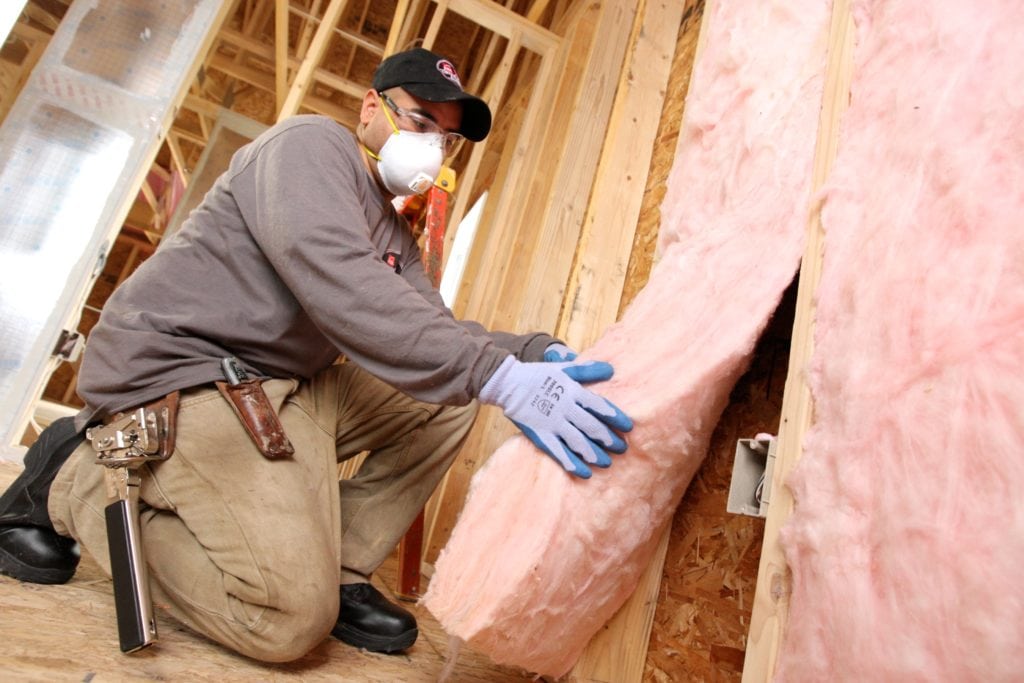- Home
- Cellulose Attic Insulation
Cellulose Attic Insulation
CELLULOSE ATTIC INSULATION
Cellulose blown-in insulation materials have seen a remarkable increase in popularity over the last few years. This is because of its reputation for being eco-friendly, but increased use of the material has exposed many additional benefits of using the material as well as some points for improvement. We have the skills and knowledge to provide reliable cellulose attic insulation for you!
SUSTAINABILITY
Let’s discuss the science behind it. The material can be made of any paper substance, and is recycled, shredded, or ground up. The paper is then chemically treated with boric acid. Boric acid repels pests and is the chemical that gives it its flame-resistant properties. This leads to the major point that needs to be addressed: is cellulose safe?
Will installing paper in the walls of my home inevitably lead to a fire? The answer is a resounding no. The treatment of the paper, though simple, is highly effective, and the experts agree that most of the time cellulose material can actually be up to 30% more flame resistant than fiberglass. There’s no need to worry unless you’re stuffing your own newspaper in your walls; this stuff is tried and true. The best part is there are no gross, dangerous chemicals used to keep it flame resistant. Boric acid is one of the most common household substances around.

LEAST ENERGY CONSUMED
As far as building insulation goes, there’s no other material that includes a higher level of recycled materials. Largely due to averaging 80% recycled material, cellulose uses the least energy during production compared to any other insulation material. It’s a leader in its field when it comes to the environment, and as long as popularity continues to rise, strides toward even more innovative and resourceful solutions.
MANAGING THE FOOTPRINT
Another term that’s associated with building and improving homes pretty often is the carbon footprint. People have become more conscious of how their decisions and choices can affect the world around them and are learning how to minimize their impact by managing their footprint.
One of the biggest culprits of carbon emission is waste paper in landfills. The more cellulose material that’s bought, the higher the demand and use of recycled paper products will be. These materials will then additionally work double-time by trapping carbon produced in the house and keeping it from being released into the air. When it comes to carbon, the benefits of choosing cellulose are unmatched.
It’s additionally one of the biggest energy-savers on the market and can perform up to 30% better than more traditional materials. If saving the earth is one of your priorities, cellulose attic insulation is a no-brainer.

PURCHASE AND INSTALLATION
The best part about the material is that sustainable production makes it easy to find. Some installers find cellulose too dense to work with, but we have the perfect machinery on hand to install it and ensure that it’s placed exactly the way it should be. The density is the reason it makes a good insulator, so when it first arrived on the market we did extensive research to ensure we could lay it correctly.
However, one thing to be wary of in the installation of this material is that, while protected from mold growth, roof and pipe leaks can affect the material’s ability to perform. The paper material will soak up water, unlike fiber, and will be compressed and compacted in the event that it gets wet. This is an instance that can’t be predicted or prevented, and should actually be relatively rare, however. It’s just something to think about when considering; cellulose has the highest risk of needing to be replaced suddenly and quickly. This is especially true if a leak goes undetected for a long period of time and the material doesn’t get a chance to dry. Overall, that’s not a bad trade-off for the benefits that it provides.
CONTACT US TODAY
We can also talk to you about preventative measures that can be taken, like installing waterproof barriers where appropriate, if that’s something that’s important to you.
We aim to do everything possible so you can get the insulation you want in your home. If the environment is a priority, we’ll do everything we can to help you minimize your global impact.